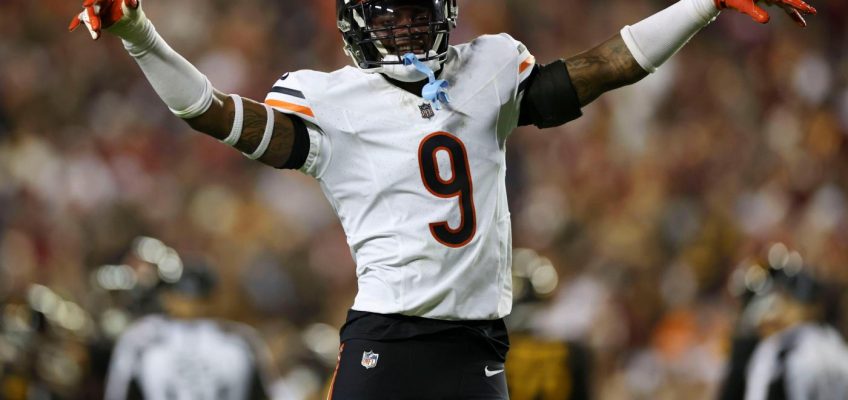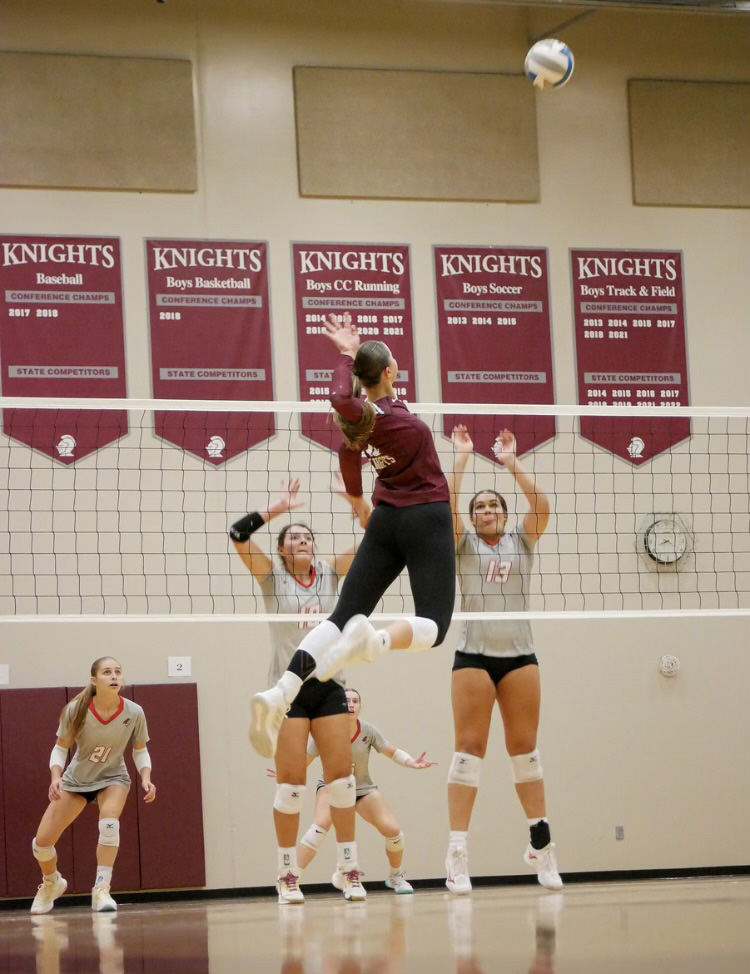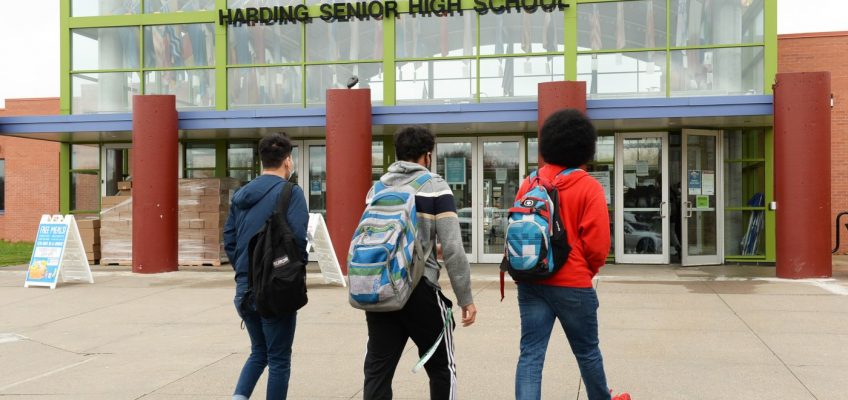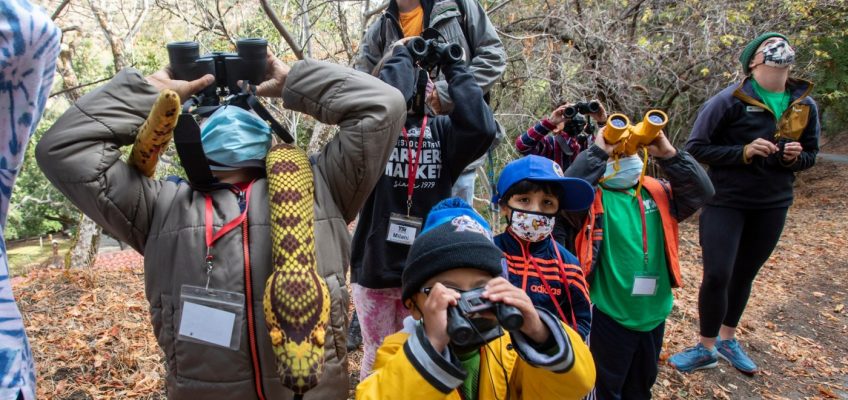Jaquan Brisker was pushing to return from a concussion, his second in two seasons, at New Orleans Sunday but said the Chicago Bears and doctors involved wanted to err on the side of caution.
Now, after missing two games, the strong safety is set to start Thursday night against the Carolina Panthers at Soldier Field. It will provide a glimpse of the defense we haven’t seen much this season.
Brisker was injured on the two-point conversion at the end of the Bears’ 30-12 victory over the Las Vegas Raiders in Week 7. He initially passed concussion protocol and then was out of the building with an illness. When he felt better from the illness, concussion symptoms took over and the Bears placed him in protocol, which sidelined him for a second week.
He said the latest head injury wasn’t nearly as difficult as the one he endured late last season from a concussion in the Week 11 loss at Atlanta. It sidelined him the next two games and the bye week that followed before returning for the last four games.
“Last year, way worse,” Brisker said.
Brisker and free safety Eddie Jackson have been on the field together for what amounts to about 1 1/2 games this season — the opener against the Green Bay Packers and small portions of the Week 2 loss at Tampa Bay and the Week 6 loss to the Minnesota Vikings. That’s it.
Safeties coach Andre Curtis noted there is an energy level, a swagger that Brisker interjects. So having him back is a plus in more than one way.
“He has a unique skill set,” Curtis said. “He can do a lot of different things. He can pressure the quarterback, he fits runs good, he’s good in his quarters and his half and he’s got juice. Our team kind of feeds off of that.”
With the secondary rounding back into shape, the Bears have to hope they can change a problematic trend.
Entering Week 10, they are 32nd in the NFL in turnover differential (-9) and tied for 24th in takeaways (9). Panthers rookie quarterback Bryce Young is ranked 25th in interception percentage (2.8%), although two of the passers below him are the Bears’ Justin Fields (29th, 3.7%) and Tyson Bagent (34th, 5.5%).
Jackson is the kind of center fielder that gives coach Matt Eberflus more options in terms of disguising coverages and, at times, being more aggressive with how Brisker is deployed. Brisker is coming off a season-high 10 tackles (nine solos) against the Raiders. He has three pass breakups after having only two all last season.
Talking to scouts from around the league, they like the 6-foot-1, 200-pounder when he’s active in the box and not on the hashmark where he can be targeted in the passing game. At times, he has to be a little more aware of players in his area. One instance would be the 10-yard touchdown pass Jordan Addison caught just before halftime in the loss to the Vikings. Brisker needed to close that gap.
The addition of defensive end Montez Sweat should improve the pass rush, which will only help the back end too.
“My expectation has always been high,” Brisker said. “We’ve got the two of the best safeties in the league, if not the best safeties. So Montez, hopefully there are a lot of tips and overthrows, a lot of picks depending on the coverage.
“(Brisker and Jackson) have to be out there. We gotta be out there healthy. We gotta be out there playing. We get that opportunity this Thursday and hopefully we’re consistent throughout the year and we do what we do — and that’s fly around, be ballhawks, use us as Swiss Army knives. Get us involved and you’re gonna see what’s gonna happen.”
Being involved is something Brisker has touched on a few times. It sounds like he’s referring to Eberflus using him in a variety of ways, whether that’s occasionally as a blitzer, an extra defender in the box vs. the run and, of course, on the back end. The more the Bears rely on late rotation to disguise coverages, the more opportunities there are for Brisker to potentially catch the offense by surprise.
He had a strong start to training camp before a groin injury sidelined him for more than three weeks. There was the illness in Tampa, a minor hamstring tweak last month and now the concussion. With eight games remaining and now healthy, there’s plenty of time for Brisker to have his arrow pointing up.
“Just be involved in the defense,” he said when asked what his goals are for the remaining games. “Involved in some way and some how in the defense, just moving us around, lurking us, getting us in the quarterback’s face, sacks, being aggressive on the quarterback, on the receivers. Not too many deep balls over our heads. Put us in there and we’ll be good.”
Brisker said he’s not overly concerned about another concussion, noting he had never suffered one in high school or college.
“I know what I signed up for,” he said. “I’m a physical-type player. I’m always going to be physical. Nothing’s really going to change. I’ve just got to take care of my neck, make sure I strengthen it and try to avoid certain injuries.”
()




